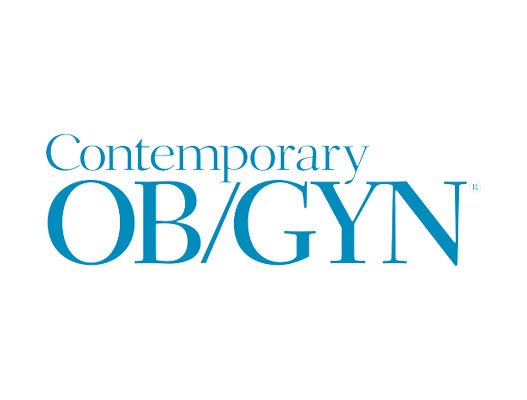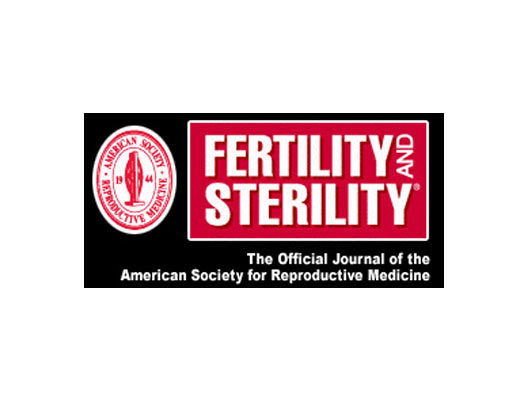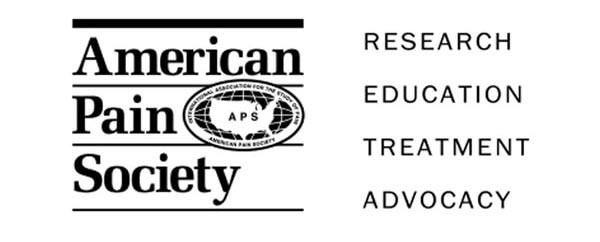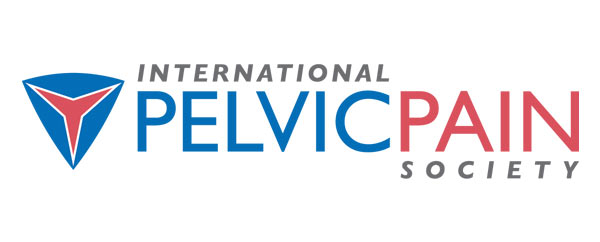Overview
Our manual physical therapy is often effective treating mechanical factors (collagenous cross-links, micro-adhesions, and adhesions) that occur in and around the female reproductive system. In published studies, the therapy has been shown to improve mobility, motility and organ function.
We often do well with complex conditions: women with challenging pain or dysfunction. When medical treatments have failed or the patients requests a natural or more conservative approach, consider a referral to Clear Passage.
Success rates
Infertility
- Tubal occlusion (proximal, mid-tubal, distal, hydrosalpinx)
- Post-surgical adhesions
- Cervical stenosis, fibrosis
- Endometriosis
- PCOS
- High FSH
- Improving success rates for IVF
Pain
- Dyspareunia
- Endometriosis
- Dysmenorrhea
- Post-surgical pai
Logistics of Scheduling Therapy
How do I refer? Download and complete a referral form, and include any significant medical or surgical history and comments you wish to make. All referrals go to our Florida headquarters. You may call us (1-352-336-1433) with the patient’s name and phone number.
Helping your patient with reimbursement: We are ‘out of network’ providers; your patient may ask you for a ‘letter of medical necessity’ for her/his insurer. Because we often provide ‘intensive’ sessions (up to 20 hours a week of therapy), please specify “multiple hours of therapy per day.”
Screening for contraindications: We screen each applicant for contraindications and potential for success. We seek additional medical records and tests where appropriate. Please advise us of any of the following for your referred patients:
- Active infection
- Blood thinning disorder
- Abnormal cyst or endometrioma
- Cancer within the last five years
- Any condition that could be exacerbated by deep manual soft tissue therapy
- Hydrosalpinx (per ACOG guidelines, we require prophylactic doxycycline during therapy)
What to expect from your referral: We will send you a thorough Initial Evaluation and Plan of Care, including the expected frequency and duration of treatment, and treatment goals. We will contact you as soon as possible or as little as you request. You have the right to remain in direct control and medical supervision of your patient’s treatment at all times. We refer patients back to you as the referring physician for follow-up.
Side effects: Side effects (adverse events) are generally mild and temporary fatigue, soreness, or bloating.
Learning about us: We are glad to consult with you at any time. We have an extensive website that includes research, conditions treated, history, success rates, and news articles.
Usual Course of Treatment
Time: Treatment generally consists of 20 hours of manual physical therapy performed over 5 days or longer (maybe spread up to 90 days). Patients with extensive histories of surgery, trauma, or infection may require additional therapy (about 10% of patients).
Insurance: Insurers often reimburse us in part or in whole for our therapy. While we do not accept insurance, we assist patients with requesting reimbursement. Before therapy, we can help each patient understand how much their insurer will reimburse them.
Our Therapy Network
Therapists: We work hard to find and train the best manual therapists in the English-speaking world. Our PTs average 27+ years of experience; they are among the top of all manual PTs in the U.S.
Locations: We have locations throughout the U.S. and two in England. Most locations are by large cities or transportation hubs with international airports.
Philosophy: Our goal is to treat each patient individually, with compassion and professionalism. We listen deeply to physicians and our patients. We enroll each patient as an active member of her therapy team; we respect her feelings at all times. Our goal is to provide the finest rehabilitation from pain and dysfunction available anywhere.
History
1984: To treat cervical cancer, physical therapist Belinda Wurn had pelvic surgery and extensive radiation therapy: 40 external treatments; and 144 hours (6 full days) of internal radiation therapy in a lead-lined room.
1988: In debilitating pain from the above treatments, she and her massage therapist spouse took numerous continuing education classes in the U.S. and Europe to study the formation and deformation of adhesions.
1989: Having helped Belinda, the couple realized others must suffer from post-surgical adhesions. They opened Professional Touch Physical Therapy (PTPT) – a small clinic to help others with chronic adhesion pain.
1990-91: Physicians began sending their most challenging patients – those whose pain or dysfunction that did not resolve in other settings. Due to positive results, the clinic began to grow rapidly.
1991: The Wurns found they were not only relieving pain; they were opening fallopian tubes blocked by adhesions.
1992-95: Their small clinic grew into five clinics serving 650 physicians in north Florida. They continued to witness patency in women who came to them with total bilateral fallopian tube occlusion.
1996: Realizing their patients needed more time than insurers would allow, and wanting to conduct clinical research, they opened Clear Passage Therapies, Inc. to satisfy those needs.
1997: The Wurns published their first “in-house” study, authored by a PhD from NIH.
1998: Richard King, M.D., gynecologist-surgeon and Chief of Staff of a large regional hospital, became fascinated with this work. He joined the Wurns as an unpaid Research Director. Together, the group began preparing and publishing studies in peer-reviewed medical journals. PhD researchers, biostatisticians, and physicians joined the research effort to design and co-author studies. The Wurns created Clear Passage Therapies, Inc. (CPT).
2004-06: The group published studies in WebMD’s Medscape General Medicine and presented at the Annual Meeting of the American Society for Reproductive Medicine (ASRM) on:
- Opening totally blocked tubes;
- Improving fertility success rates (natural and IVF);
- Decreasing endometriosis pain and dysfunction;
- Decreasing dyspareunia and improving sexual function.
2007-2014: CPT modified its techniques of opening blocked fallopian tubes to clear strictures in the bowel (published radiologic study) and adhesive small bowel obstruction (published radiologic study). Using objective measures and a Validated Quality of Life Test created by CPT (published study), more data on the results in this life-saving area was published in various journals.
2016: CPT has grown to locations throughout the U.S. and in the U.K. We regularly treat patients from around the world; patients come to our locations from around the world.
- Click to download our Physician Referral Sheet (PDF)
- Click to download our Physician Guide to Services (PDF)
Related Content:
Diet
Ectopic Pregnancy
Sexual Dysfunction
General Info
- Book Chapters: Overcome Infertility and Pain, Naturally
- How to Treat Infertility Naturally
- Everything about the Best Natural Infertility Treatments
- Fertility Treatment – The Natural Way
- Infertility Risk Factors
- What Causes Infertility in Women? (Infographic)
- [Infographic] Common Risk Factors for Infertility
- How Does Tubal Surgery Compare to Other Infertility Treatments?
- Published Pregnancy Rates With and Without Clear Passage®
- Budgets and Numbers and Bills, Oh My! – Paying for Infertility Treatment
- English Surrogacy
- Guide Through Infertility: From Diagnosis to Treatment
- Spirituality Can Help Women with Premature Ovarian Failure
- For Healthcare Providers: Women’s Health Issues and Female Infertility
Infertility: Adhesions | Blocked Fallopian Tubes | Diet | Ectopic Pregnancy | Endometriosis | FSH | Hydrosalpinx | Hysterosalpingography | Female Infertility | IVF Conditions | Ovarian Failure | PCOS | Secondary Infertility | Unexplained Fertility
If you’d like a free consult, please take 20 minutes and fill out this form and we can determine if therapy would be a good fit for you.


















